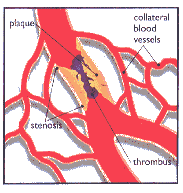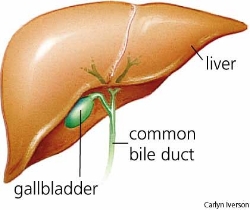Try this simple test. Ideally you’ll need a fruit-flavored jelly bean, but you can also use hard candy, a cough drop, or a piece of Mentos “freshly picked” gum. It should be chewable and relatively odorless. You won’t need to swallow it, so you can do this even if you’re counting calories.
Hold your nose and put the jelly bean or equivalent in your mouth. Keep your nose closed and chew (with your mouth closed). Notice what you taste. If it’s fruit flavored, you probably notice a sweet and maybe a little sour taste. Now pay close attention as you let go of your nose. There’s a rush of flavor. If you were eating a strawberry jelly bean, you’d notice the complex fruit flavor that we identify as strawberry.
How we taste food: Flavor is more than taste
Technically, taste is what happens on your tongue. Flavor, on the other hand, is a combination of taste, smell, and touch. Our sense of smell allows us to distinguish thousands of different odors, whereas the tongue detects only five basic tastes: sweet, sour, salty, bitter, and savory (umami).

Taste and Smell from AllPosters.com
When you eat a jelly bean, odors are released by chewing. These gaseous molecules get pumped up into your nasal cavity, where they interact with a postage-stamp sized area on the roof of the nasal cavity called the olfactory (smell) epithelium. There are millions of olfactory receptor cells here with microscopic hairs (cilia) waving in the passing air currents. Information from the receptor cells is sent to the olfactory bulb, which is part of the brain. From there, signals get relayed to other parts of the brain, including those involved in memory, speech, emotion, and decision making. There’s a very complex process going on whenever you identify a distinct odor or flavor.
Read more
 Like the appendix , collateral circulation is another part of our anatomy that was more useful to our ancestors. Collateral circulation refers to systems of veins and arteries that allow blood to continue flowing when the main pathway is blocked or damaged.
Like the appendix , collateral circulation is another part of our anatomy that was more useful to our ancestors. Collateral circulation refers to systems of veins and arteries that allow blood to continue flowing when the main pathway is blocked or damaged.







